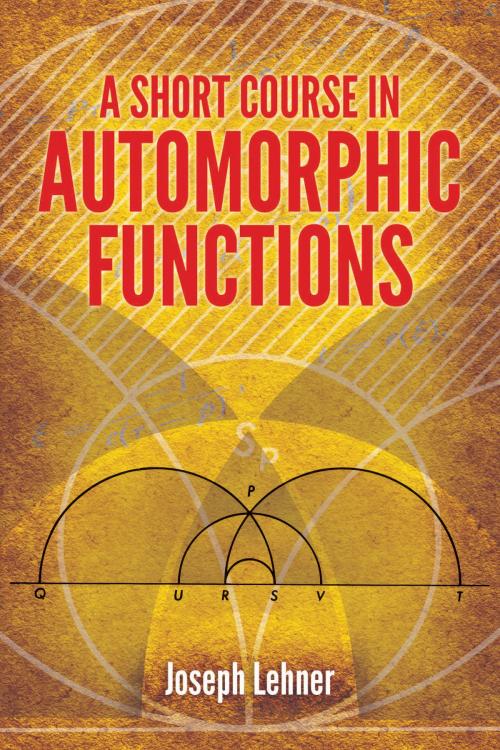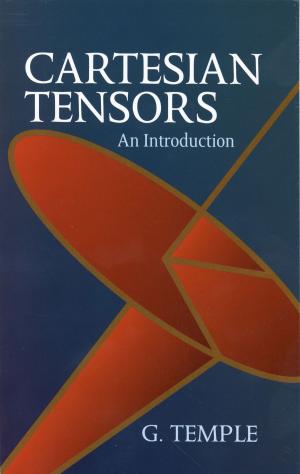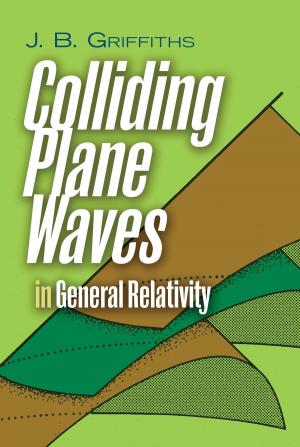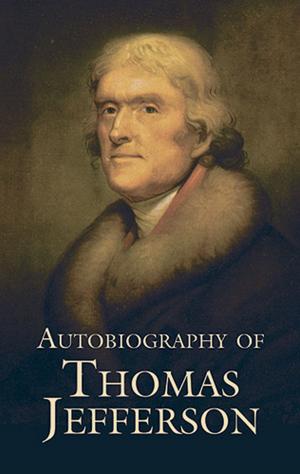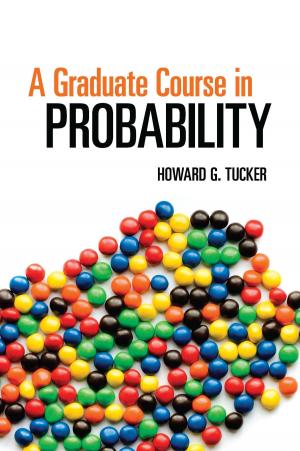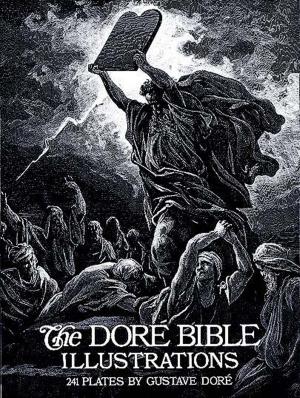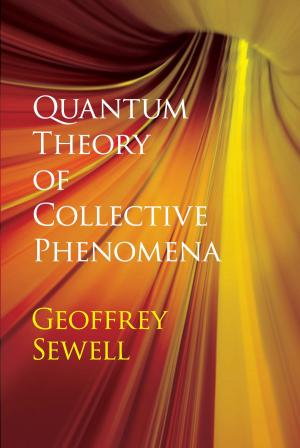| Author: | Joseph Lehner | ISBN: | 9780486799926 |
| Publisher: | Dover Publications | Publication: | October 27, 2014 |
| Imprint: | Dover Publications | Language: | English |
| Author: | Joseph Lehner |
| ISBN: | 9780486799926 |
| Publisher: | Dover Publications |
| Publication: | October 27, 2014 |
| Imprint: | Dover Publications |
| Language: | English |
This concise three-part treatment introduces undergraduate and graduate students to the theory of automorphic functions and discontinuous groups. Author Joseph Lehner begins by elaborating on the theory of discontinuous groups by the classical method of Poincaré, employing the model of the hyperbolic plane. The necessary hyperbolic geometry is developed in the text. Chapter two develops automorphic functions and forms via the Poincaré series. Formulas for divisors of a function and form are proved and their consequences analyzed. The final chapter is devoted to the connection between automorphic function theory and Riemann surface theory, concluding with some applications of Riemann-Roch theorem.
The book presupposes only the usual first courses in complex analysis, topology, and algebra. Exercises range from routine verifications to significant theorems. Notes at the end of each chapter describe further results and extensions, and a glossary offers definitions of terms.
This concise three-part treatment introduces undergraduate and graduate students to the theory of automorphic functions and discontinuous groups. Author Joseph Lehner begins by elaborating on the theory of discontinuous groups by the classical method of Poincaré, employing the model of the hyperbolic plane. The necessary hyperbolic geometry is developed in the text. Chapter two develops automorphic functions and forms via the Poincaré series. Formulas for divisors of a function and form are proved and their consequences analyzed. The final chapter is devoted to the connection between automorphic function theory and Riemann surface theory, concluding with some applications of Riemann-Roch theorem.
The book presupposes only the usual first courses in complex analysis, topology, and algebra. Exercises range from routine verifications to significant theorems. Notes at the end of each chapter describe further results and extensions, and a glossary offers definitions of terms.
